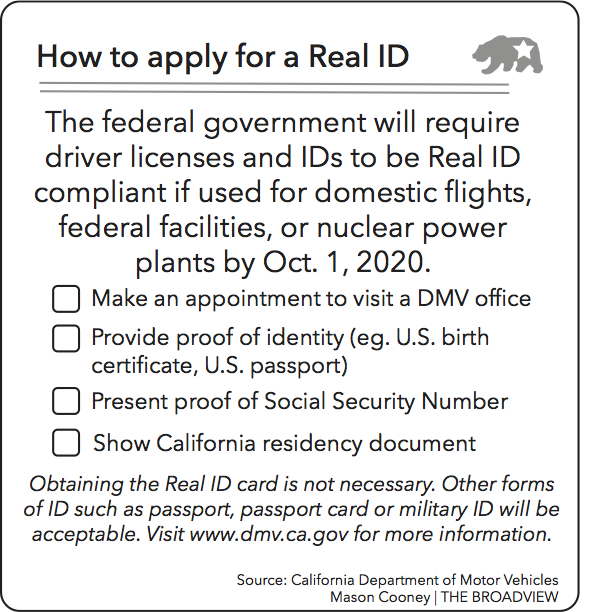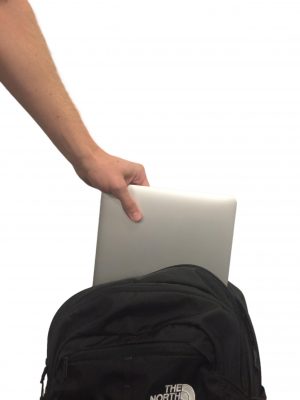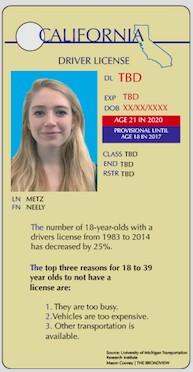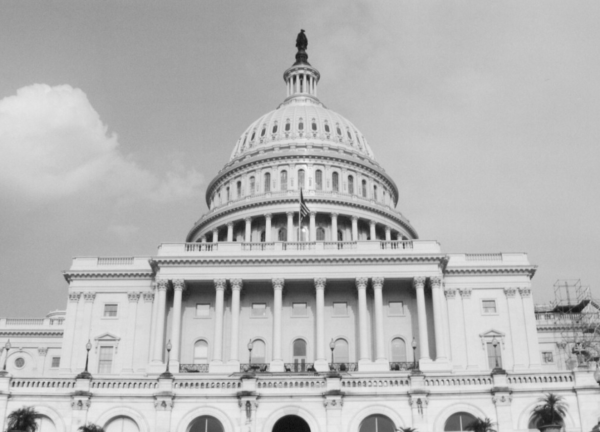New licenses to up security
‘Real ID’ meets future identification requirements
September 27, 2018
Domestic flyers who wish to use their California ID or driver’s license as identification at the airport will be turned away at TSA security checkpoints beginning October 2020 if their card is not updated to the federally-approved Real ID, identifiable by a golden bear in the corner.
The Real ID Act, enacted in 2005, set national security standards for identification cards in response to the terrorist attacks on September 11, 2001, according to the U.S. Department of Homeland Security. The new standards will limit the forms of identification acceptable for entering federal facilities and nuclear power plants in addition to domestic flights.
“The Real ID seems like a good idea because it will make me feel more comfortable when traveling,” senior Emma Hubbard, who travels yearly, said. “Ever since 9/11, people have felt less safe about security in airports.”
Identification cards not compliant with new federal standards will display “Federal Limits Apply” in place of the grizzly bear. These cards will not be eligible as identification for domestic flights but can be replaced by a passport or other proof of identification, according to the Department of Motor Vehicles.
“I’m probably going to get the real ID because the passport is bulkier,” freshman Madeleine Saint James said.
States do not have to comply with the standards, but their IDs will not be accepted at certain federal facilities, according to DHS. Obtaining the card is optional for individuals and is only necessary for those who lack passports or identification, fly domestically and enter federal facilities.
“Because there are minimum standards, [Real ID] will prevent states from being too ‘lax’ in what IDs they issue,” Calton Yue, Section Chief for U.S. Citizenship and Immigration Services Field Operations for DHS, said. “Some states will issue IDs to people and not know their immigration status.”
TSA does not require minors, those under 18, to provide identification when traveling with an adult, as long as the adult has adequate identification, according to DMV.
In 2013, the DHS announced a phased plan for enforcement of the Real ID Act to increase national security. Currently, 26 states have complied with Real ID standards, and others including California are in an extension period, which grants them extra time to comply.
“It’s important to move towards higher security because, with the way the world is now with all the terrorism that’s going on, you just want to make sure that the homeland is safe and protect citizens,” Yue said.
Hubbard says she currently uses her non-compliant driver’s license to board flights but plans to get the Real ID in the future.
“Security is something that is a work in progress,” Hubbard said. “It’s impossible for any entity to be fully secure, but it’s important to be continually improved upon.”













